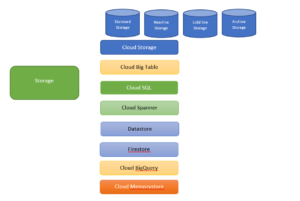Derivative
The term derivative refers to a type of financial contract whose value/structure is derived from some other asset. It is dependent on an underlying asset, group of assets, or benchmark. A derivative is set between two or more parties that can trade on an exchange or over-the-counter (OTC). CASH Price/ SPOT Priece The price of underlying asset is …
